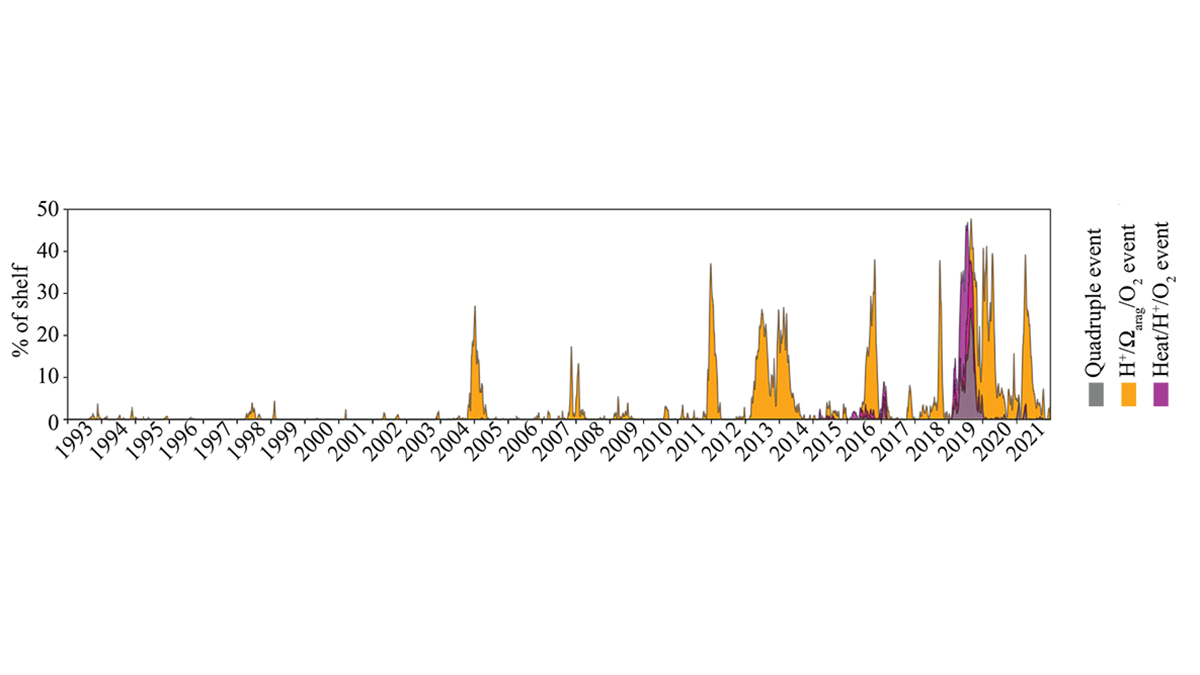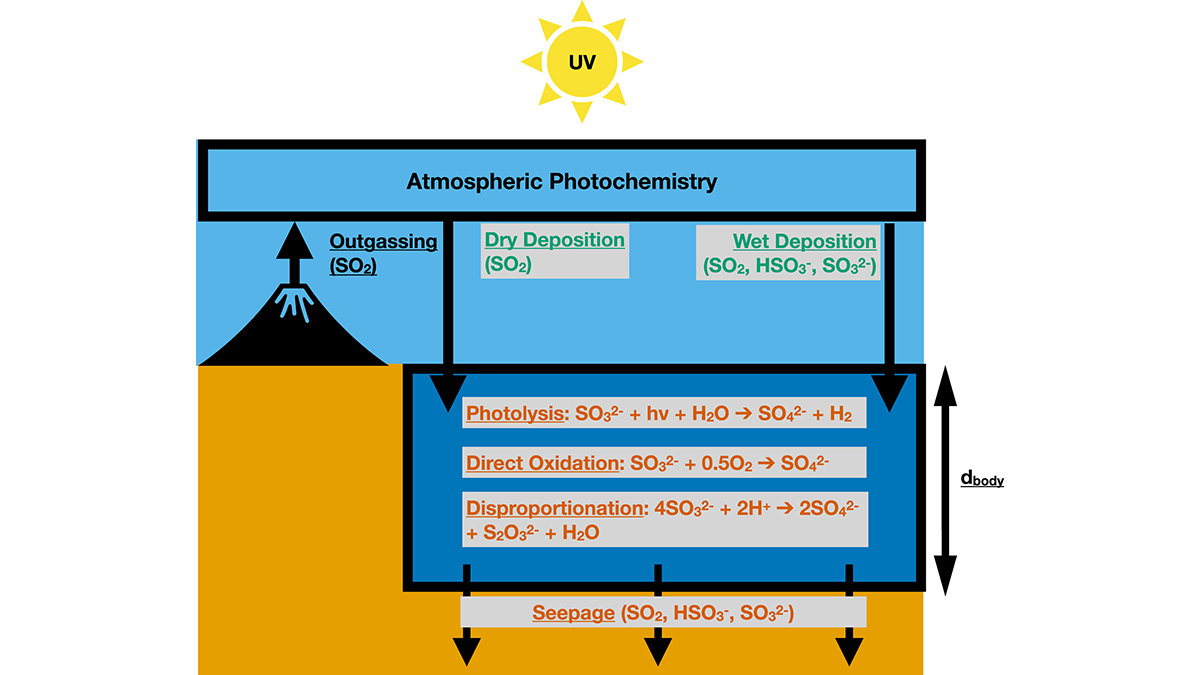The recently launched ‘Psyche’ mission will explore the eponymous asteroid and determine whether it is a fragment of a planetary core or a primordial, metal-rich body.
AGU Advances
科学家研究木卫二的热量如何通过海洋向上传递
木星的卫星木卫二可能是太阳系中最有希望寻找到生命的地方之一。一项新的研究探讨了热量是如何从木卫二的地幔通过海洋转移到其冰壳中的。
Climate Models Often Miss How Plants Respond to Drought
New research suggests that Earth system models are underestimating the effect of low moisture levels on plants’ abilities to exchange carbon, water, and energy with the atmosphere.
Using Machine Learning to Reconstruct Cloud-Obscured Dust Plumes
Satellite-observed dust plumes from North Africa are frequently obscured by clouds, but a new study uses machine learning to reconstruct dust patterns, demonstrating a new way to validate dust forecasts.
Comparing Carbon-Trapping Capacities of Anoxic Basins
Low-oxygen regions in the ocean could be prime spots for sequestering biomass—a potential strategy for fighting climate change. But each site has its pros and cons.
Scientists Model What’s Moving Beneath Earth’s Surface
A 3D printed model of a fault served as the setting for a hydrofracturing experiment exploring the mechanisms behind slow earthquakes.
Measuring Link Between the Chemistry and Physics of the Atmosphere
A new study sheds light on the coupling between the chemical composition and the physical properties of the atmosphere.
Compound Extreme Events Threaten Marine Ecosystems
Short-term extreme marine heat wave events superimposed on stressors from longer-term climate change produce compound extreme events that impact the Gulf of Alaska ecosystem.
Law and Order for Friction and Faults: One Law to Rule Them All
Faults are made of complex materials with complex behaviors, and having a single model that can predict these behaviors is an advance in understanding deformation and the earthquake cycle.
New Constraints on Sulfur Cycling in the Prebiotic Earth
Experiments constraining rates of aqueous reactions and photolysis coupled with a global model constrain the abundance and chemical speciation of sulfur in early Earth’s atmosphere and oceans.










